With COVID-19 at the forefront of every news cycle and drastically altering the normal daily patterns of households across the country, we’ve been taught some quick lessons on the power of global and national interconnectedness and also how these ties can sometimes translate to less-than-ideal circumstances during a crisis, particularly from a supply chain standpoint. If you’re like me, you’ve noticed the slim pickings on grocery store shelves over the past couple of weeks and couldn’t help but wonder what the longer-term implications of this pandemic will be on our food supply.
While those logistics are undoubtedly best left to the experts, one thing giving me great comfort these days is my gardening space that I’ve been cultivating since my husband and I bought our first home a couple of years ago. With just over half an acre of property, we now have plenty of room to elevate our previous veggie-growing endeavors, which have consisted in the past of either container gardening or relatively small patches of tilled earth. An important note here, though, is that growing your own produce doesn’t necessarily require a large yard or even space for a raised bed – in my apartment and condo dwelling days, I gardened in everything from flower pots to window boxes! Your living arrangement will help guide your gardening plans, of course, but with a little creativity and some research, you can garden nearly anywhere (even indoors, if you have access to a sunny window space).
I opted for raised beds mainly because I liked the look of them, but also because they provide a bit more protection from the various wildlife and critters that occasionally mosey through my yard. My home is at the end of a dirt road on a wooded lot, and it’s common to see deer, rabbits, squirrels, and opossums making their rounds – and the raised beds offer a slightly less opportunistic buffet versus a tilled gardening area. Another bonus: raised beds are generally much less prone to weeds and pests.
Because much of my lot is partially shaded by trees, the first step in the construction process was identifying the section of yard with the best sun exposure. I typically grow a lot of tomatoes and peppers, both of which thrive in several hours’ worth of full sun every day. After eyeballing the sun’s approximate path across our property for a couple of days, I picked a section of yard just off the side of the house as the best candidate for garden space.
For the wood components, I picked cedar posts and 1 x 6 cedar appearance boards. Cedar wood is naturally pest- and rot-resistant, requires little maintenance, ages nicely, and doesn’t contain any of the toxic chemicals associated with treated lumber often used for ground contact applications. After looking at a few different design options, I purchased some corrugated metal roofing panels to build out the sides of the beds. These metal side panels are reinforced by narrow steel piping on the exterior of the bed, designed to prevent outward bowing as the soil settles over time. I also added a tension chain between the middle posts to reinforce the structure and prevent sagging.

Construction of the exterior framing of the bed was fairly simple, but best done with a couple of sets of hands to ensure stability and alignment as the pieces all come together. The largest task consisted of fastening the cedar posts to the metal panels and cutting/trimming one of the panels for the 4′ end sections. With the sides assembled, I dug post holes to align with the bases of the cedar posts at the corners and then lowered the bed into place. The metal sides should align with the ground. Then I cut the cedar appearance boards to assemble the top rim of the bed, which lends it a nice finished touch as well as a handy “shelf” for watering cans, trowels, fertilizer, and other gardening supplies. Currently I’ve got two raised beds completed: one in a 4’ x 12’ size and a second at 4’ x 8’.

Here’s the supply list for the exterior of the 4’ x 12’ raised bed build for those interested:
4-in x 4-in x 8-ft Cedar Post (x 2)
1-in x 6-in x 12-ft Cedar Board (x 2)
1-in x 6-in x 8-ft Cedar Board (x 1)
¾-in Galvanized Steel Pipe (x 4)
Happy gardening!
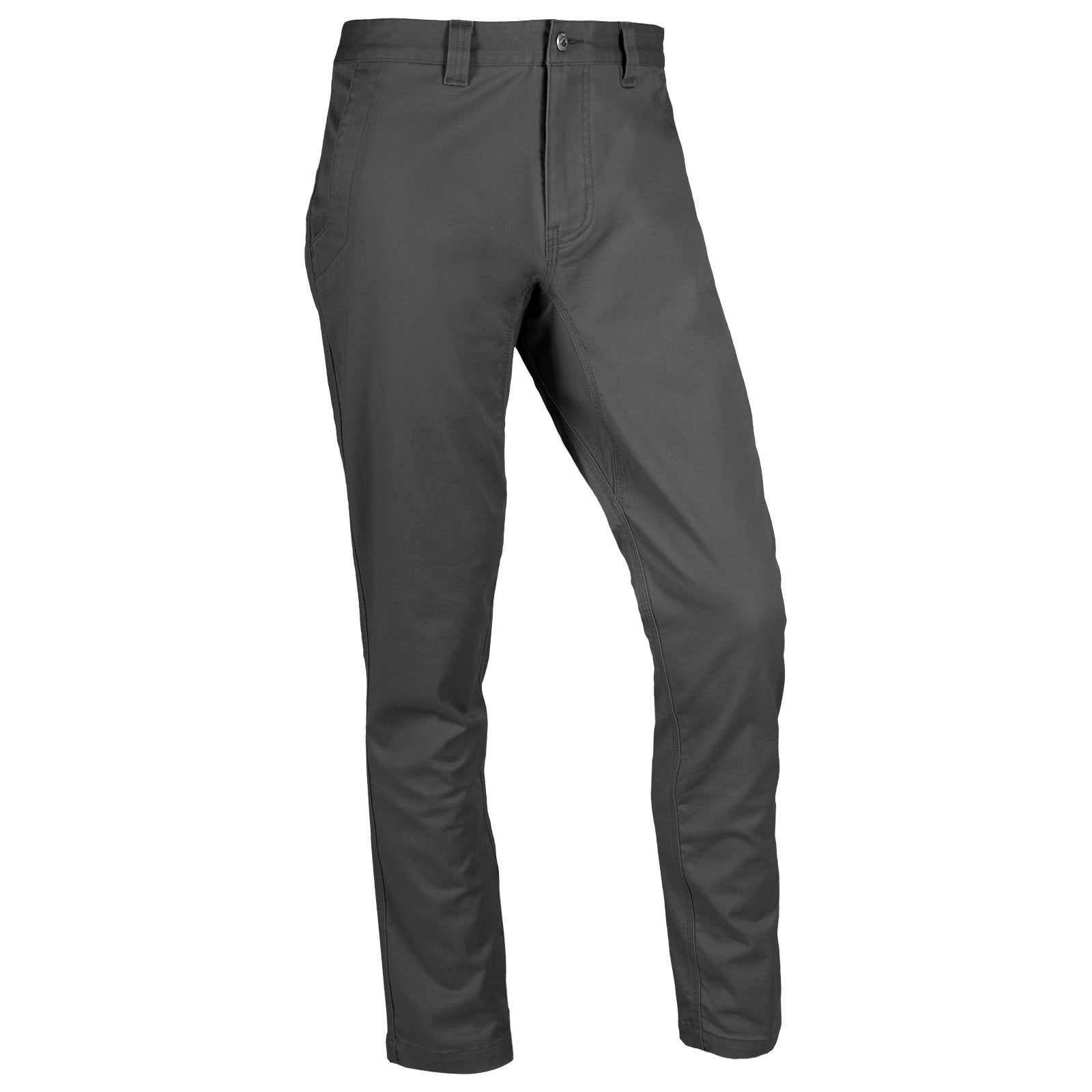
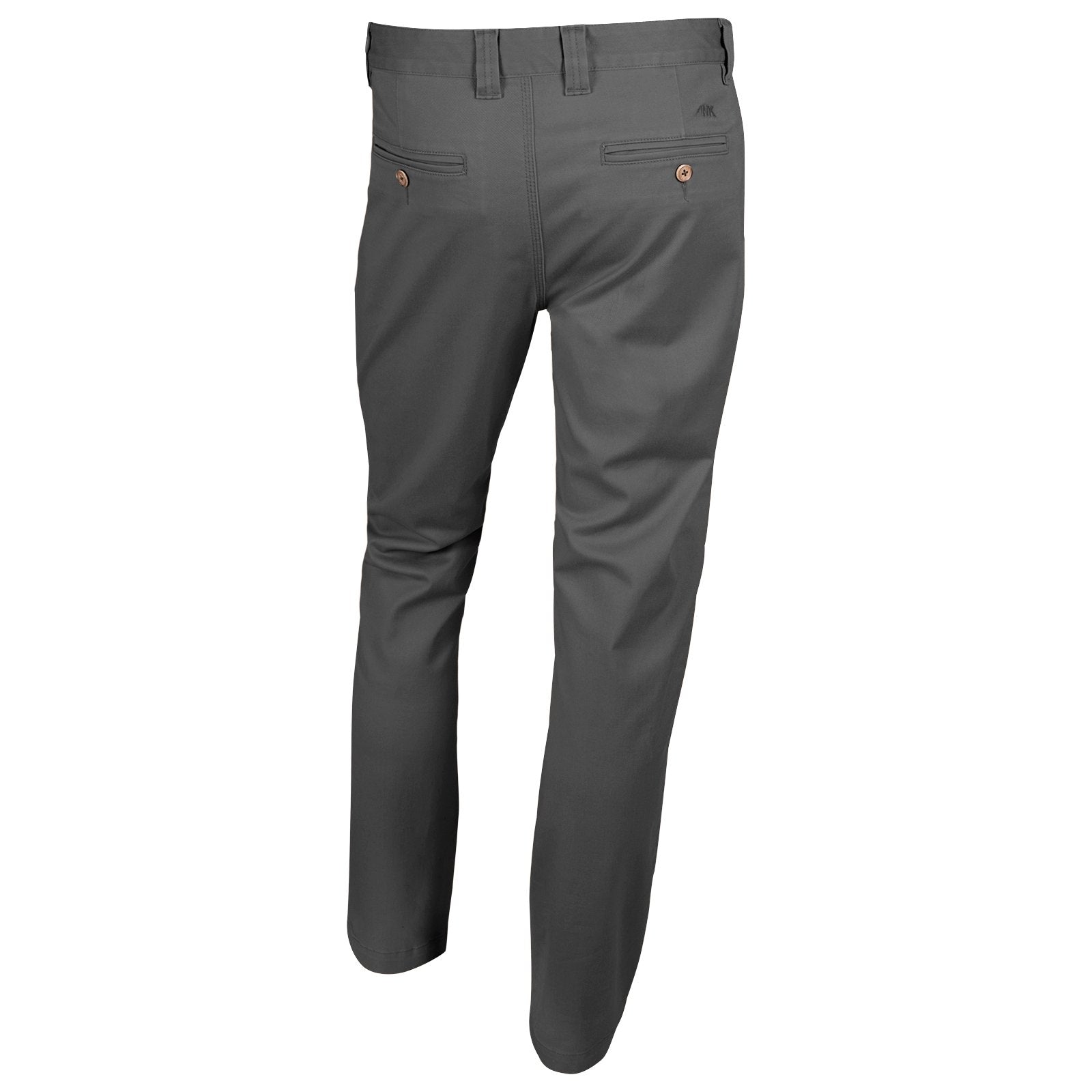
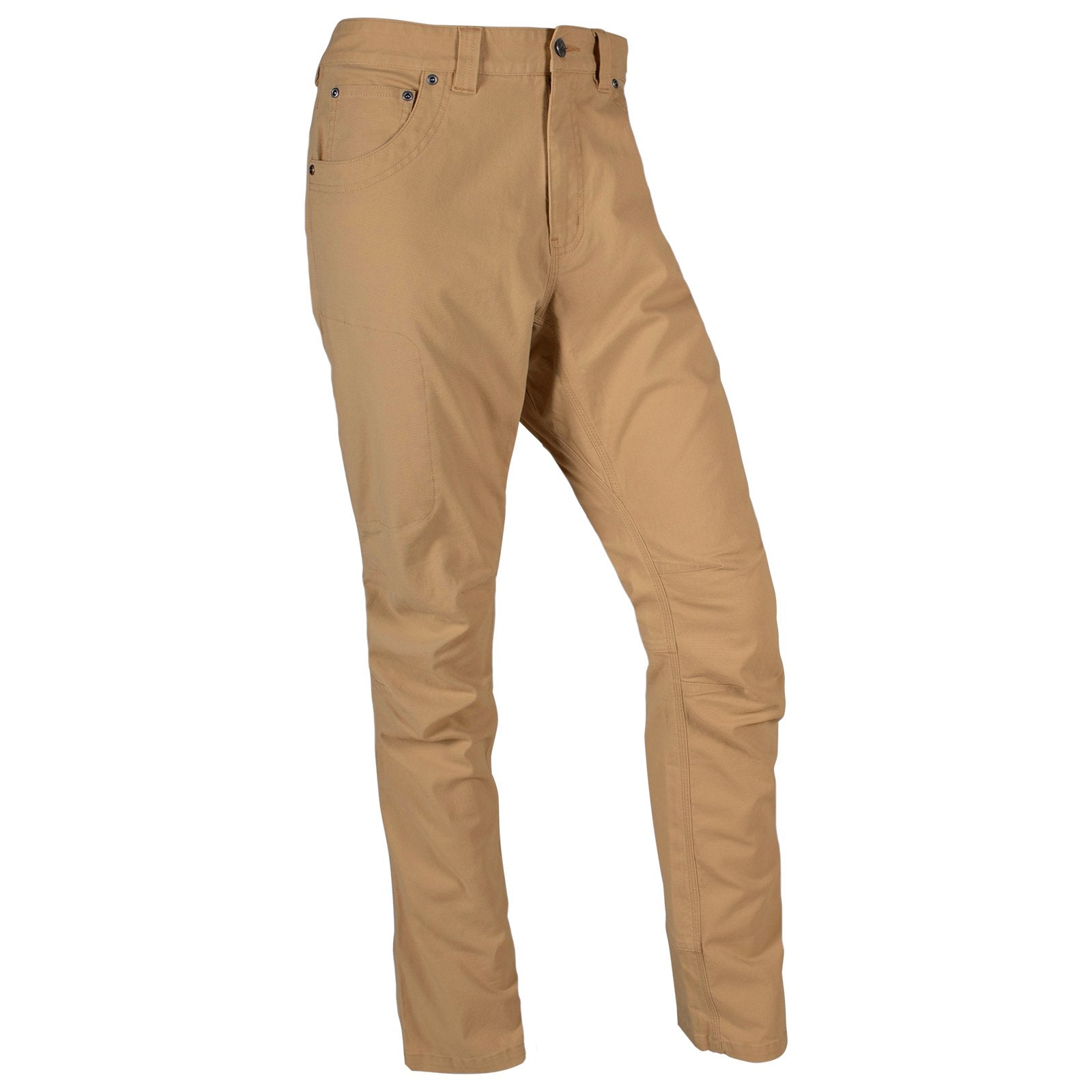
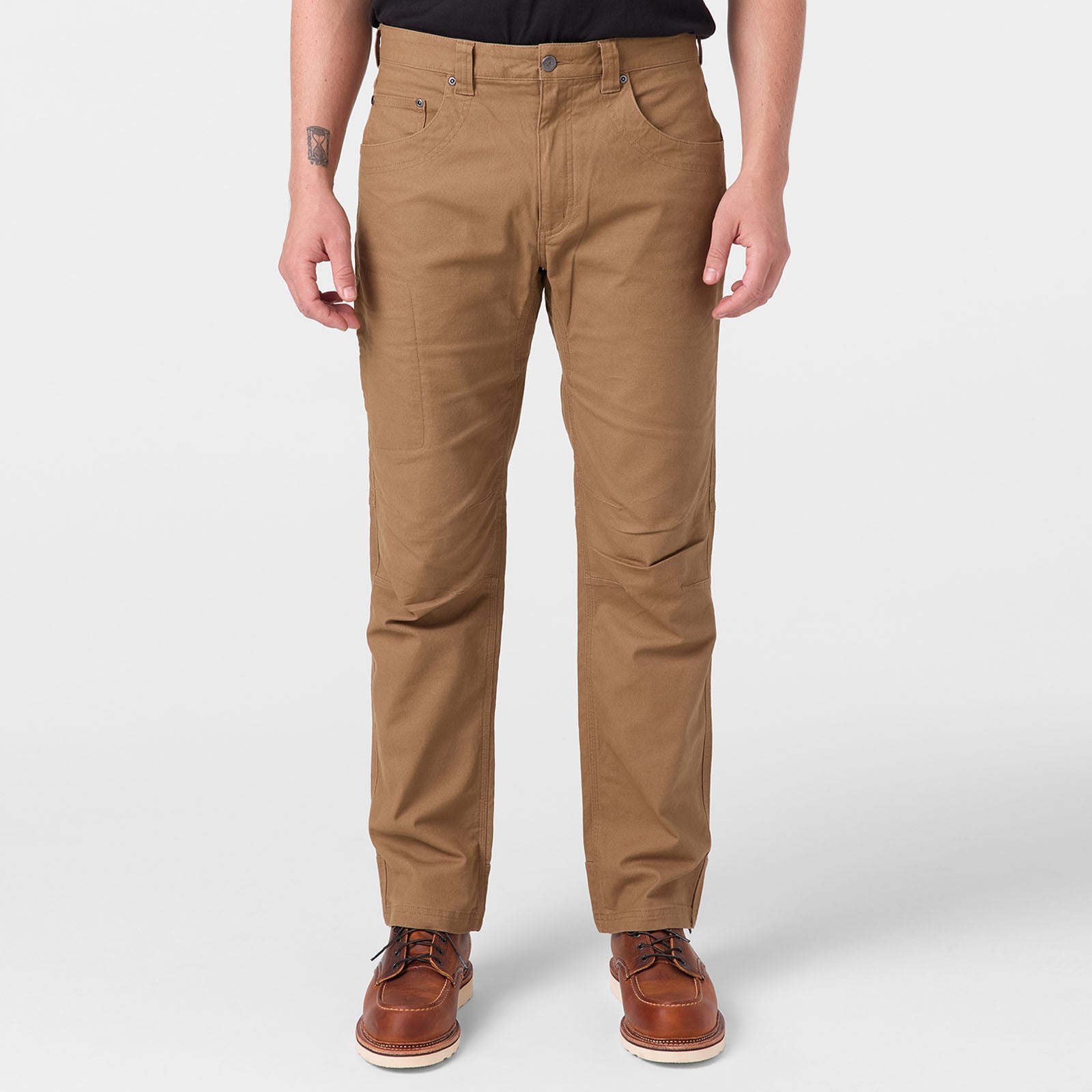
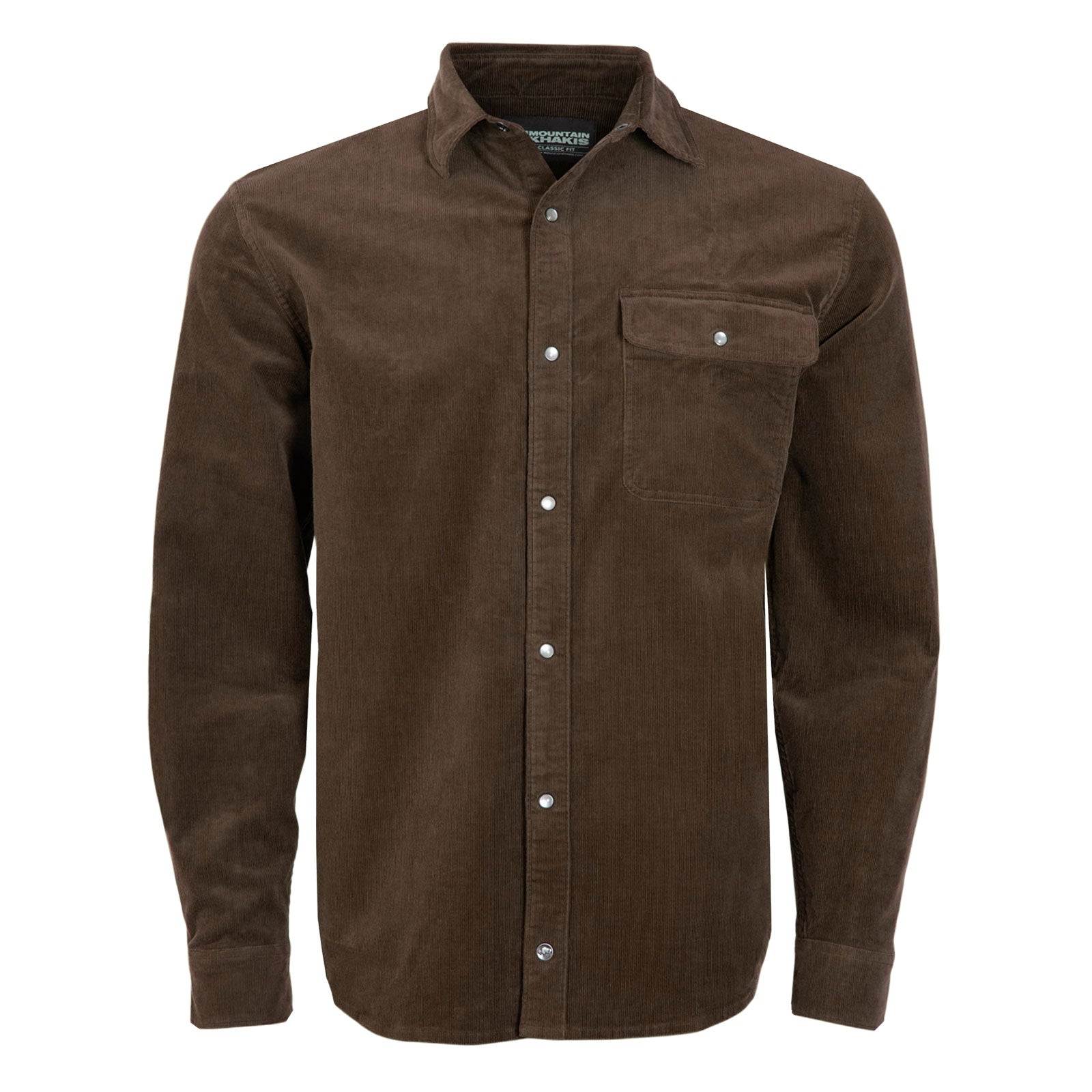

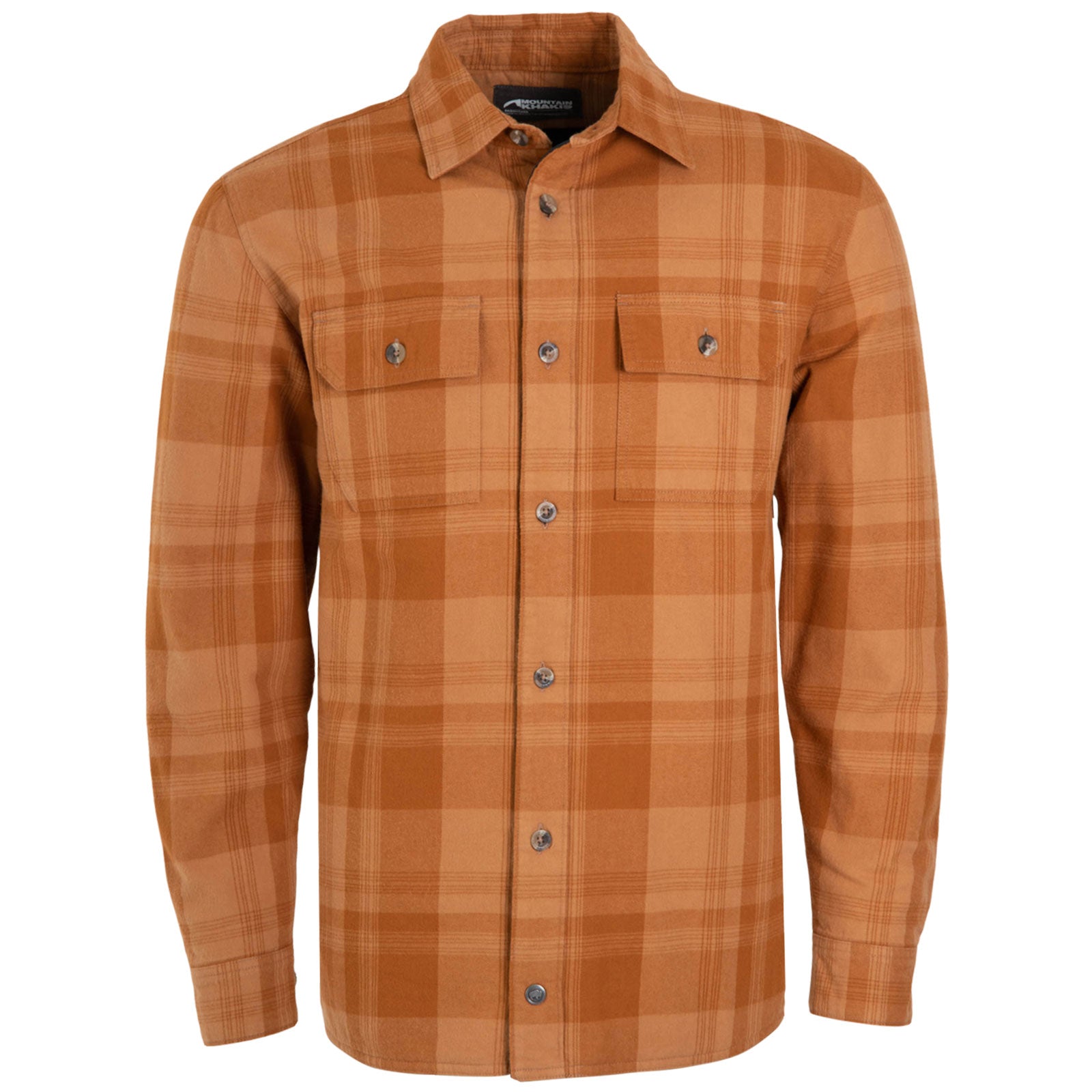



Leave a comment